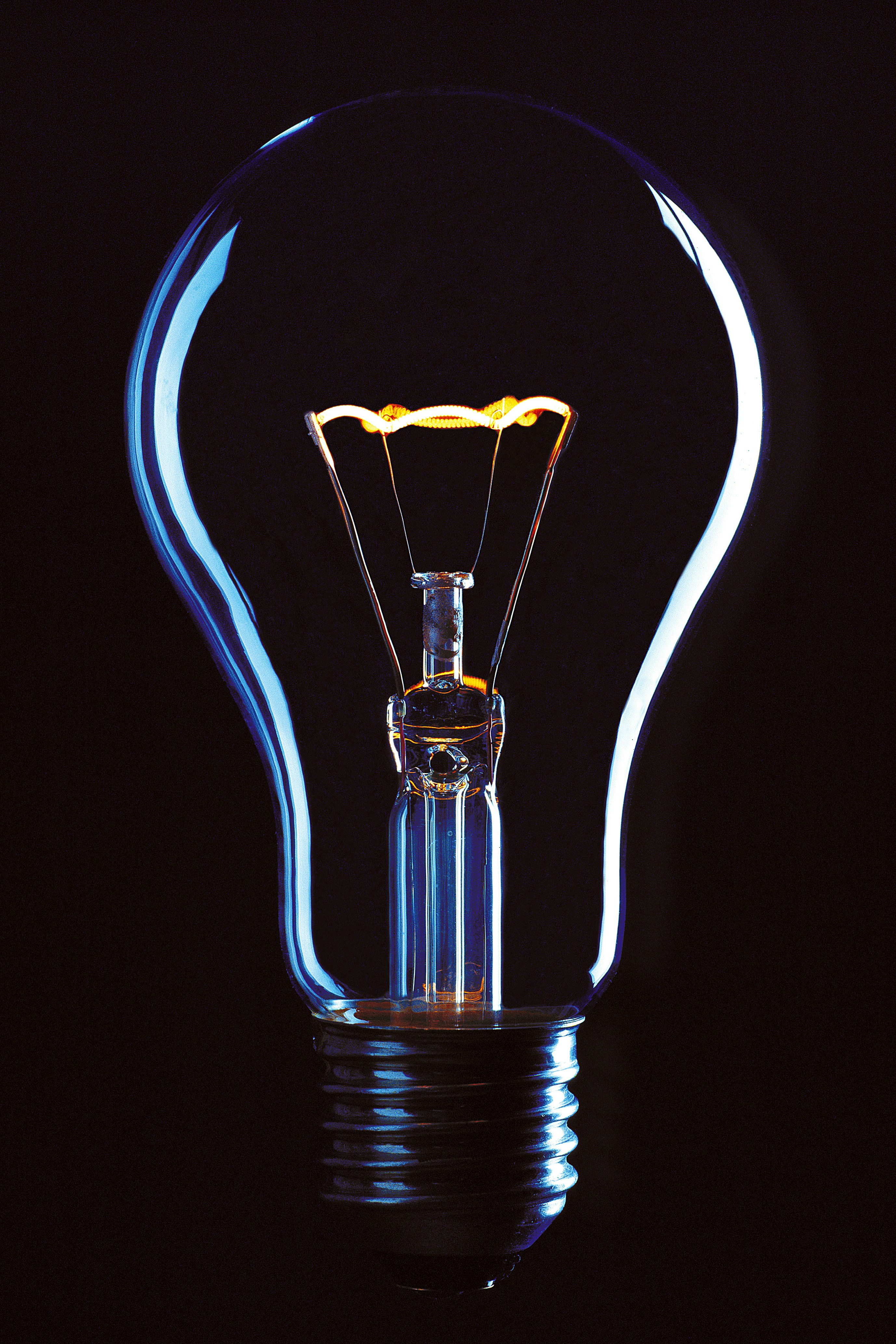How Does the Endoscope Light Guide Work?
Introduction to Endoscopes
Endoscopes have revolutionized the way medical professionals diagnose and treat conditions within the human body. These remarkable devices allow for minimally invasive procedures, providing unparalleled views of internal organs and structures. At the heart of this technology lies a crucial component: the endoscope light guide. This vital tool illuminates dark spaces, ensuring that healthcare providers can navigate with precision and accuracy.
But what exactly is an endoscope light guide? How does it function to enhance visual clarity during complex procedures? Understanding its role not only shines a light on how advanced these technologies are but also highlights their importance in modern medicine. Dive into this fascinating world to discover how these intricate systems work together to improve patient outcomes.
The Importance of Light in Endoscopy
Light plays a crucial role in endoscopy. Without adequate illumination, the entire process becomes challenging and less effective. Surgeons rely heavily on clear visuals to navigate through intricate internal structures.
The quality of light directly impacts visibility during procedures. A well-lit environment allows for precise identification of tissues and abnormalities. This clarity is essential for accurate diagnoses and successful interventions.
Inadequate lighting can lead to misinterpretations or missed findings. Hence, robust light sources are not just beneficial; they are imperative for patient safety and procedural success.
Modern advancements have enhanced the technology behind endoscopic lighting systems, providing brighter and more focused beams. These innovations allow medical professionals to see more details than ever before, transforming how procedures are conducted in various specialties.
Components of an Endoscope Light Guide
An endoscope light guide is a crucial part of the endoscopic system. It consists mainly of fiber optic cables that transmit light from an external source into the body. These fibers are thin and flexible, allowing for easy maneuverability.
Another component is the illumination source itself, typically a powerful LED or halogen lamp. This source provides bright and consistent lighting necessary for clear visualization during procedures.
The connectors play an essential role as well. They link the light guide to both the endoscope light guide illumination source and the endoscope, ensuring seamless operation.
Protective sheathing surrounds these components to prevent damage and maintain hygiene standards in medical environments. Each element works together harmoniously to enhance visibility within patients’ bodies during examinations or surgeries.
Types of Light Guides Used in Endoscopy
Light guides in endoscopy are essential for illuminating internal structures. There are several types, each designed for specific applications.
Fiber optic light guides are among the most common. They utilize bundles of thin glass fibers to transmit light from a source to the endoscope tip. This technology allows for flexible maneuverability while maintaining bright illumination.
Another type is the solid-state LED light guide. These systems use high-intensity LEDs that provide consistent and durable lighting. Their compact design makes them ideal for modern endoscopic procedures.
Some specialized procedures might employ cold-light sources, which minimize heat generation during examinations. This prevents tissue damage and enhances patient safety.
Each type offers unique advantages depending on the clinical requirements, ensuring optimal visibility during various diagnostic and therapeutic interventions.
How Does the Light Guide Work?

The endoscope light guide operates on a simple yet effective principle. It channels illumination from a powerful external light source to the tip of the endoscope. This ensures that medical professionals can see clearly within dark cavities and passages.
At its core, the light guide consists of flexible fiber optics or specially designed optical components. These fibers transmit bright light through total internal reflection, meaning that as long as the angle is right, light bounces along them without escaping.
As the endoscope navigates through various environments in the body, it maintains consistent brightness. This allows for detailed visualization during procedures like surgeries or diagnostics. The clarity provided by these guides is essential for accurate assessments and successful interventions.
Moreover, modern advancements have led to improvements in efficiency and safety with these devices. Enhanced designs minimize heat generation while maximizing visibility—a vital aspect when working in sensitive areas.
Advantages and Limitations of Endoscope Light Guides

Endoscope light guides play a crucial role in enhancing visibility during medical procedures. One significant advantage is their ability to provide consistent illumination, allowing for detailed observation of internal bending rubber endoscope structures. This clarity can lead to more accurate diagnoses and better outcomes.
These light guides are also versatile. They come in various designs that can be adapted for different types of endoscopic procedures, whether they’re gastrointestinal or urological.
However, there are limitations as well. The intensity of the light can sometimes cause overheating, which may affect both the tissue being examined and the performance of the equipment. Additionally, some lighting systems require frequent maintenance and calibration to ensure optimal functionality.
Another consideration is cost; high-quality endoscopic lighting systems can be expensive to procure and maintain. Balancing these advantages with inherent challenges is essential for healthcare providers aiming to enhance patient care through advanced technology.
Future Developments in Endoscopy Technology
The future of endoscopy technology is poised for remarkable advancements. Emerging innovations focus on enhancing image quality and procedural efficiency.
One exciting development is the integration of artificial intelligence. AI algorithms can assist in real-time diagnostics, improving accuracy during procedures. This allows clinicians to make better-informed decisions quickly.
Miniaturization is another trend gaining traction. Smaller instruments mean less invasive procedures, leading to quicker recovery times for patients. These compact designs are easier to maneuver within complex anatomical structures.
Moreover, enhanced imaging techniques such as 3D visualization and augmented reality are being explored. These technologies could provide surgeons with a more comprehensive view of the anatomy, significantly elevating surgical precision.
Additionally, there’s ongoing research into advanced light sources that improve visibility without generating excess heat or requiring bulky equipment. Such innovations promise safer and more effective endoscopic interventions for a wider range of medical conditions.
Conclusion
Endoscope light guides play a crucial role in modern medical procedures. They ensure that healthcare professionals can visualize internal structures with clarity and precision. As technology advances, the designs of these light guides continue to evolve, offering improved illumination and flexibility.
Understanding how an endoscope light guide works enhances our appreciation for its importance in diagnostics and surgeries. With ongoing innovations on the horizon, we can anticipate even more efficient tools that will enhance patient care and improve outcomes.
The future looks bright for endoscopy, making it an exciting field to watch as new developments unfold.
